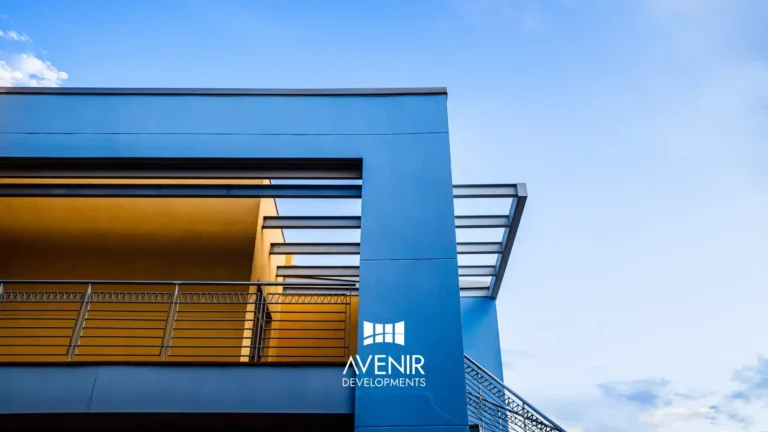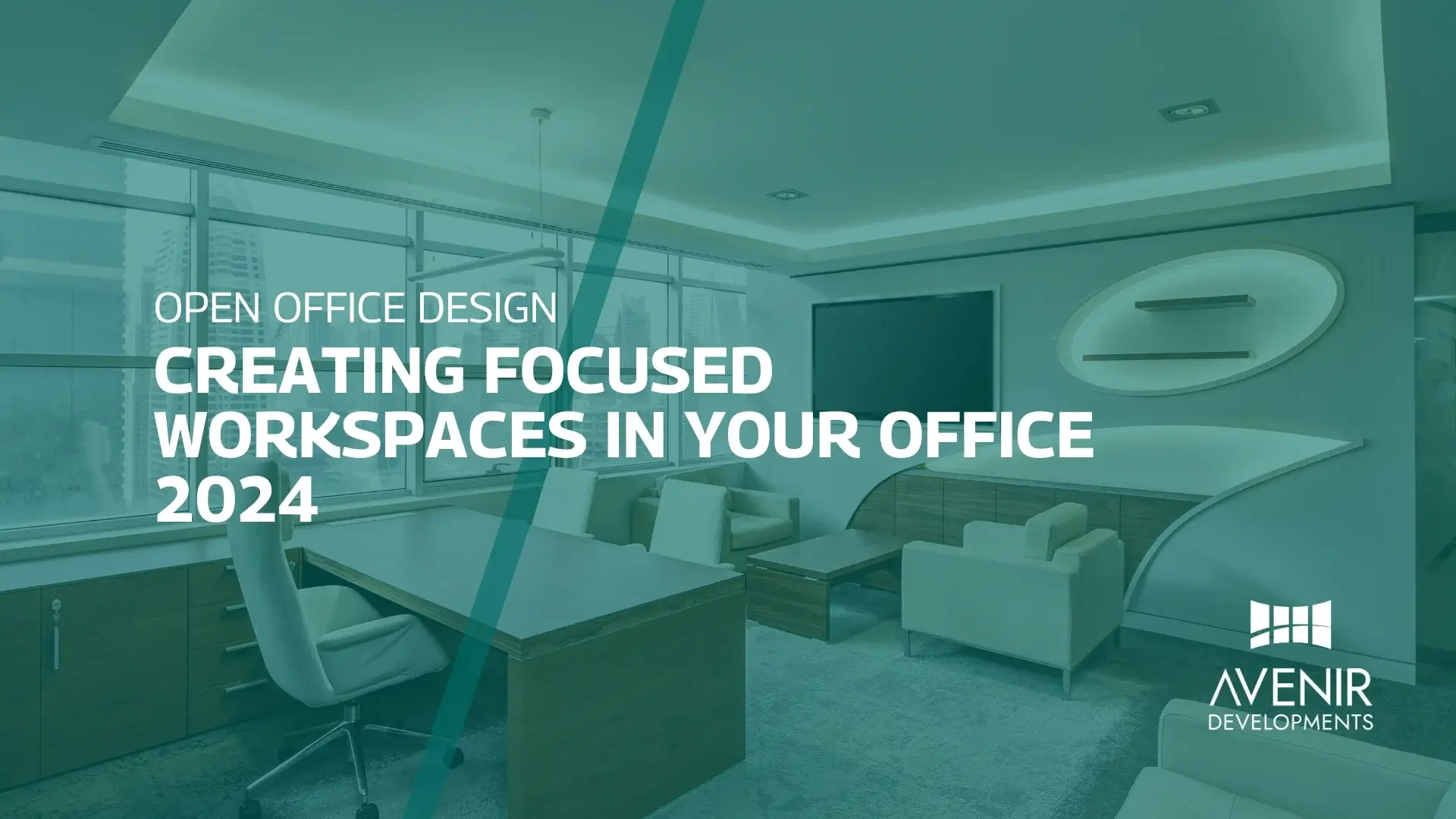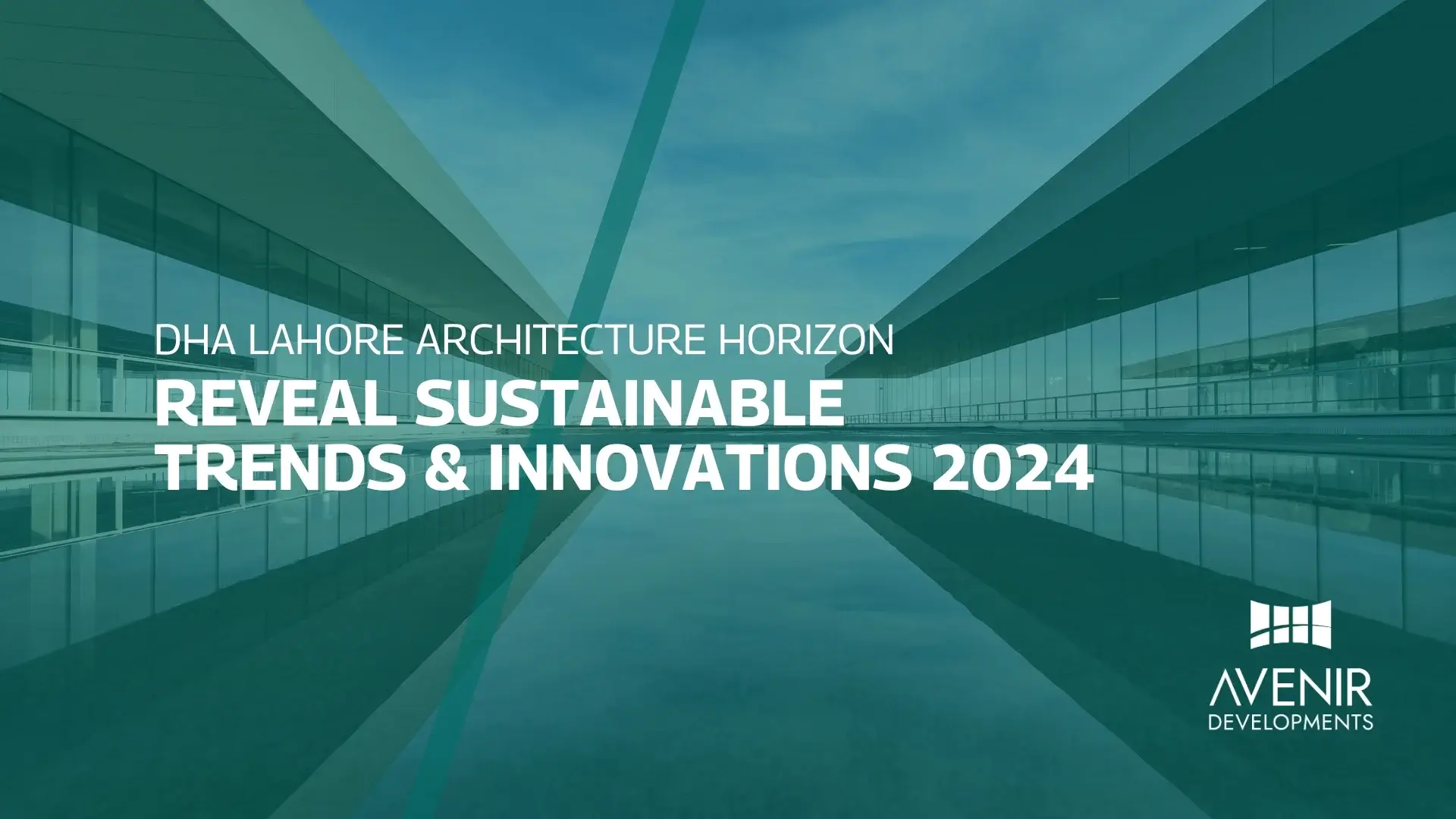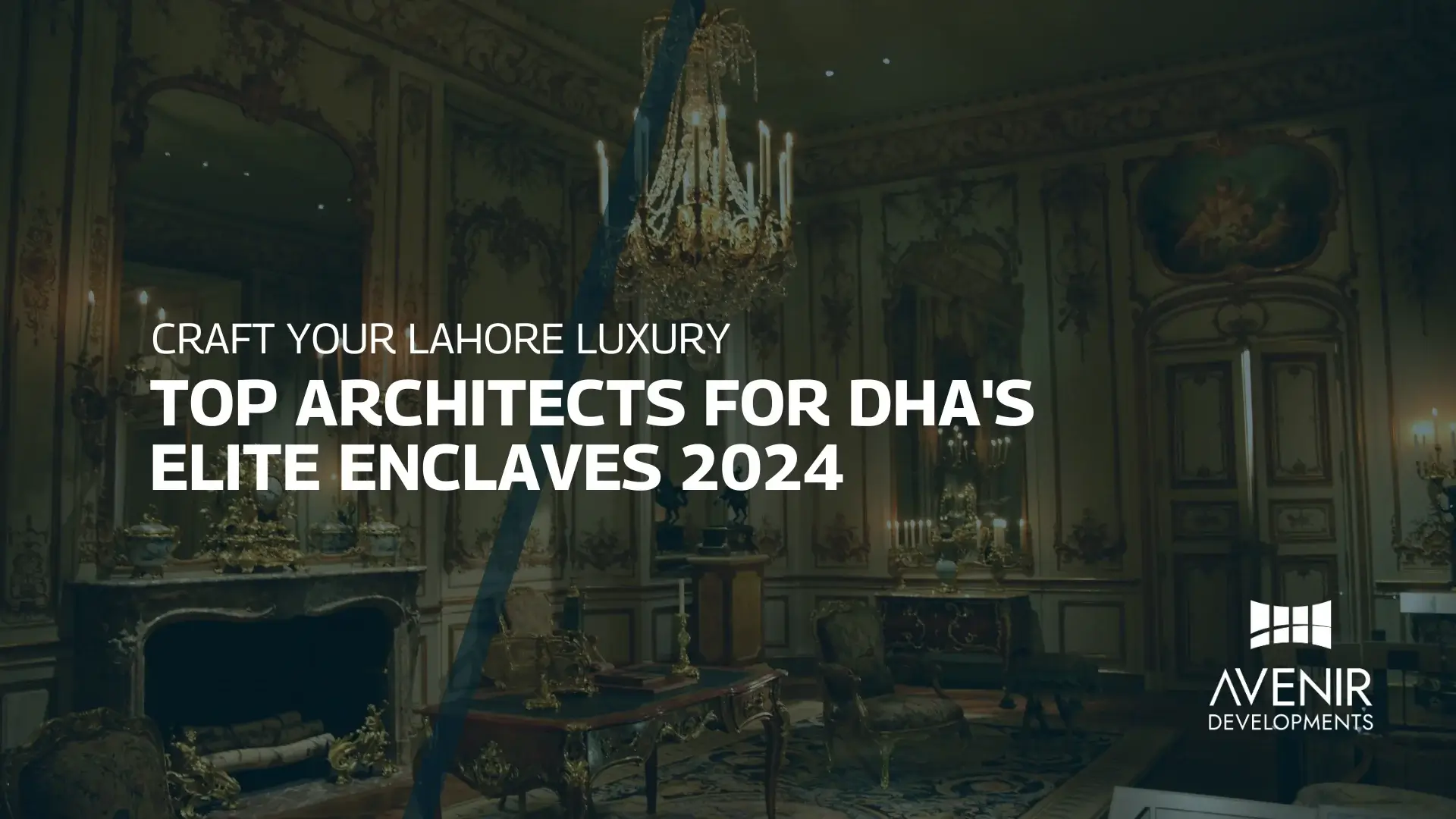Finding a truly functional living space can be a challenge. I remember my tiny apartment in London. It looked chic in the photos, with exposed brick walls and vintage furniture. But the reality was a cramped kitchen where chopping vegetables felt like a game of Tetris, and the only “storage” was precariously balanced stacks of plates.
Fast forward a few years, and I’m back in Lahore, this time in a thoughtfully designed modern home. The kitchen may not have that “industrial chic” vibe, but its clean lines, ample counter space, and built-in storage make it a joy to cook in. It’s a testament to how modern architecture has redefined luxury – prioritizing functionality for a truly comfortable and enriching living experience.
What is Modern Architecture? A Historical Perspective
A Modern Movement: Understanding the Core Principles of Modern Architecture
Modern architecture emerged in the early 20th century as a break from traditional styles. Pioneering architects like Le Corbusier and Ludwig Mies van der Rohe emphasized functionality, simplicity, and open floor plans. Their buildings incorporated new materials like steel, concrete, and glass, creating sleek and minimalist structures that reflected the fast pace of modern life.
Why Does Modern Architecture Matter Today?
Relevance in the 21st Century: How Modern Architecture Addresses Urban Challenges
Modern architecture’s core principles are more relevant than ever in the 21st century. As cities around the world, including Lahore, Islamabad, and Karachi, grapple with rapid urbanization and rising living costs, there’s a growing need for efficient and space-saving designs. Modern architecture offers solutions through:
- Open floor plans: These create a sense of spaciousness in smaller homes, promoting a more communal living experience.
- Multifunctional spaces: Rooms can be designed to serve multiple purposes, maximizing square footage.
- Sustainable design: Modern architecture often incorporates eco-friendly features like natural light, energy-efficient materials, and rainwater harvesting, leading to lower utility bills and a reduced environmental footprint.
Modern Architecture Trends in Pakistan and Beyond
A Global Phenomenon with Local Flair: Exploring Modern Architecture Trends in Pakistan
Pakistan’s architectural landscape is experiencing an exciting shift, with a growing appreciation for functionality and innovation. Here are some key trends shaping modern architecture in Pakistan:
- Fusion of Modern and Traditional: Pakistani architects are skillfully blending modern design principles with traditional aesthetics. This can be seen in the use of locally sourced materials like exposed brick and sandstone alongside clean lines and minimalist elements.
- Focus on Sustainability: There’s a growing emphasis on eco-friendly design practices, with architects incorporating features like passive cooling techniques and rooftop gardens to reduce energy consumption.
- High-Rise Living: As urban centers expand, high-rise buildings with modern amenities are becoming increasingly popular, offering residents a luxurious living experience with breathtaking city views.
Examples of Modern Architecture in Pakistan
- Bahria Icon Tower, Karachi: This under-construction skyscraper boasts a unique design that combines luxury apartments with office space and retail outlets.
- Faisal Town, Islamabad: This modern housing development features spacious villas with energy-efficient features and meticulously landscaped gardens.
- FR Residence, Lahore: This award-winning private residence showcases a stunning fusion of modern architecture and traditional Mughal influences.
Global Examples of Modern Architecture
Looking beyond Pakistan, we see modern architecture flourishing worldwide. Here are a few inspiring examples:
- One World Trade Center, New York City: This iconic skyscraper embodies resilience and innovation, using cutting-edge design and sustainable practices.
- AMO Headquarters, Amsterdam: This unique office space, designed by the renowned firm OMA, features open floor plans and flexible work areas to foster creativity and collaboration.
- The Interlace, Singapore: This residential complex redefines urban living with interconnected apartment blocks and lush greenery, creating a vibrant community space.
Functionality First: Addressing Common FAQs about Modern Architecture
Demystifying Modern Architecture: Addressing Your Questions
Modern architecture might seem like a departure from the ornate styles of the past. But fret not! This section tackles some frequently asked questions to help you understand its benefits and how it can translate into your dream home:
Is modern architecture too cold and sterile?
Not necessarily! Modern architecture can be warm and inviting. The key lies in the use of natural materials like wood and stone, along with thoughtful incorporation of textures and colors. Additionally, modern homes often prioritize natural light, creating a bright and airy feel.
Does modern architecture mean sacrificing aesthetics for functionality?
Absolutely not! Modern architecture is all about achieving a balance between form and function. Clean lines, minimalist elements, and thoughtful use of space can create a beautiful and aesthetically pleasing environment.
Is modern architecture suitable for the Pakistani climate?
Absolutely! Modern architects in Pakistan are incorporating features specifically designed for the local climate. This includes elements like:
- Deep overhangs: To provide shade from the harsh sun.
- Double-glazed windows: To improve insulation and energy efficiency.
- Courtyards and skylights: To introduce natural light and ventilation.
Is modern architecture more expensive?
The cost of a modern home can vary depending on the materials used and the complexity of the design. However, modern design principles can often lead to cost savings through:
- Efficient use of space: Smaller homes can be just as functional and luxurious as large ones.
- Reduced maintenance: Modern materials are often low-maintenance, minimizing long-term costs.
- Sustainable features: Energy-efficient features can lead to lower utility bills.
How can I incorporate modern design principles into my Pakistani home?
There are many ways to bring a touch of modern functionality to your home:
- Open up your living space: Remove unnecessary walls to create a sense of spaciousness.
- Embrace natural light: Utilize large windows and skylights to maximize daylight.
- Invest in built-in storage: This will help you declutter and create a streamlined look.
- Choose multifunctional furniture: Opt for pieces that serve multiple purposes, such as a sofa bed or a coffee table with hidden storage.
- Focus on clean lines and minimalist design: This will create a sense of calm and order.
Remember, modern architecture is not a one-size-fits-all approach. The key is to be creative and adapt these principles to your specific needs and preferences.
Expert Tips for Creating a Functional and Luxurious Modern Home
From Inspiration to Implementation: Expert Tips for Your Modern Haven
So, you’re ready to embrace modern architecture and create a space that’s both functional and luxurious? Here are some expert tips to help you navigate the process:
1. Define Your Needs and Lifestyle:
Before diving into design ideas, take some time to reflect on your lifestyle and needs. How many people live in your home? Do you entertain frequently? What are your daily routines? Understanding your needs will help you design a space that truly works for you.
2. Prioritize Functionality:
Remember, modern architecture is all about creating a space that’s easy to live in. Think about traffic flow, storage solutions, and multi-functionality. For example, an open floor plan kitchen-living area might be ideal for a family that loves to cook and entertain together.
3. Embrace Natural Light:
Natural light is a key element of modern design. Large windows, skylights, and strategically placed courtyards can brighten your home, reduce your reliance on artificial lighting, and create a more inviting atmosphere.
4. Choose the Right Materials:
Modern architecture often incorporates a blend of natural and man-made materials. Consider using wood, stone, and concrete for a warm and timeless look. Opt for high-quality materials that are durable and low-maintenance.
5. Less is More:
Modern design thrives on minimalism. Declutter your space and avoid unnecessary ornamentation. Focus on clean lines, simple furniture, and carefully curated artwork to create a sense of calm and sophistication.
6. Seek Expert Help:
An experienced architect or interior designer can guide you through the design process and help you achieve your vision. They can offer valuable insights on space planning, material selection, and sustainable building practices.
7. Don’t Be Afraid to Personalize:
Modern architecture is a flexible style. While clean lines and minimalism are key principles, don’t be afraid to add your personal touch. Incorporate artwork, furniture, and accessories that reflect your personality and create a space that feels like home.
8. Think Long-Term:
A well-designed modern home is an investment. Choose materials and features that will stand the test of time. Consider incorporating smart home technology for added convenience and future-proofing your living space.
By following these expert tips, you can transform your Pakistani home into a functional and luxurious haven that reflects your unique style and promotes a comfortable and enriching lifestyle.
Embrace Functionality, Experience Modern Luxury
Modern architecture is more than just a design trend; it’s a philosophy that prioritizes functionality and creates spaces that truly enhance our lives. By embracing open floor plans, natural light, and sustainable features, modern architecture offers a luxurious living experience that goes beyond aesthetics.
In Pakistan, we see a growing appreciation for modern architecture that seamlessly blends with local traditions and the unique Pakistani climate. From high-rise living with breathtaking city views to private residences that showcase a fusion of modern and Mughal influences, Pakistani architects are pushing the boundaries and creating truly inspiring spaces.
Whether you’re planning a new build or a renovation, consider incorporating modern design principles into your Pakistani home. It doesn’t have to be a complete overhaul; even small changes, like decluttering your space or maximizing natural light, can make a big difference.
Here at Avenir Developments, we’re passionate about creating functional and luxurious living spaces that reflect your unique needs and aspirations. Our team of experienced architects, interior designers, and construction professionals can guide you through every step of the process, from initial design concepts to project completion.
Don’t settle for a home that just looks good; create a space that truly works for you. Contact Avenir Developments today on WhatsApp or Call +923001101103 for a free consultation and let us help you turn your dream modern home into a reality.
Together, let’s redefine luxury living in Pakistan.







